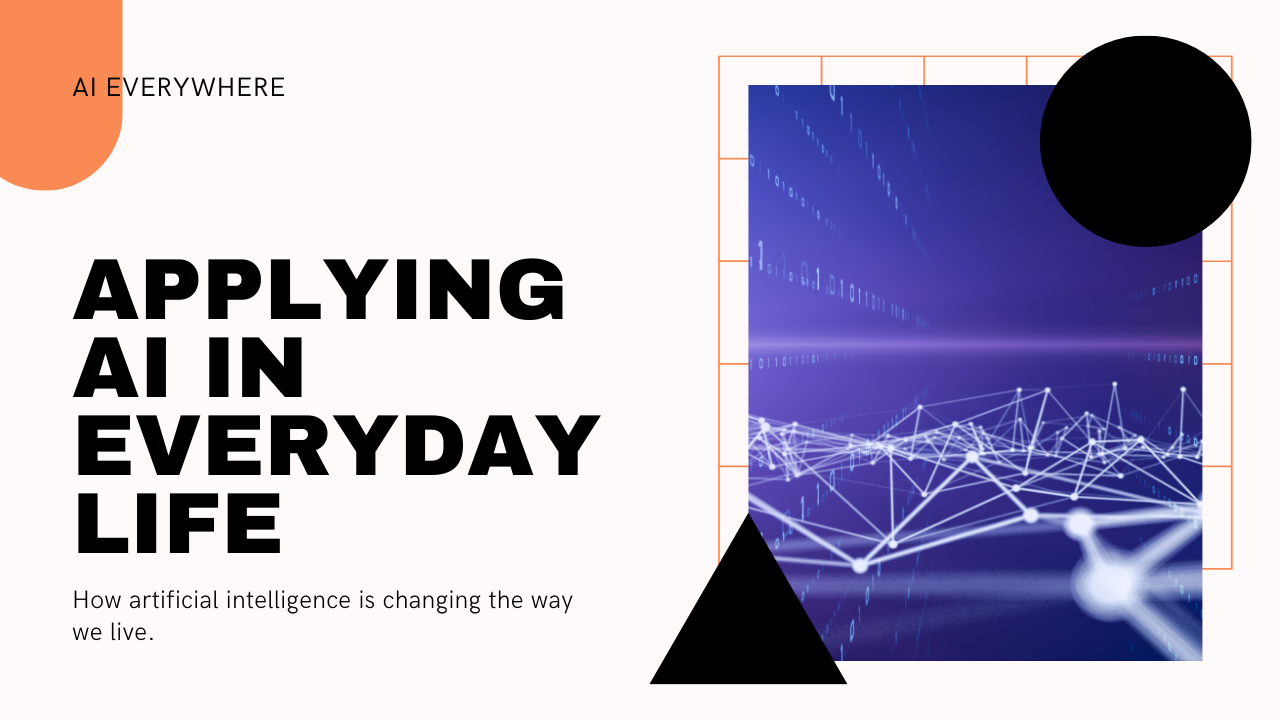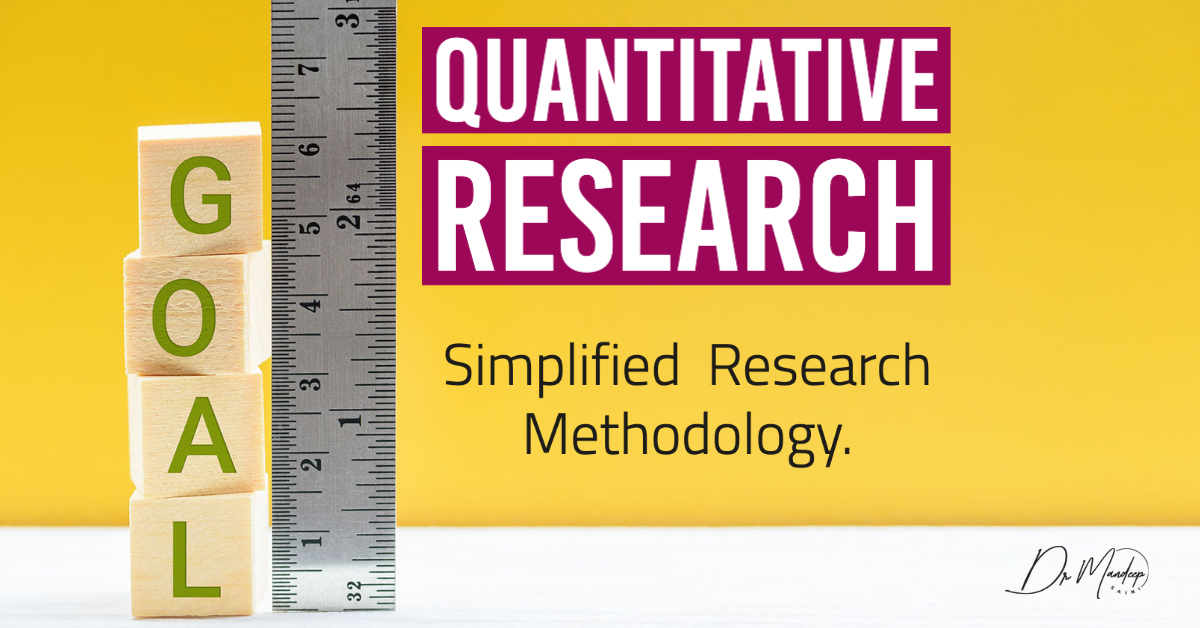What is Quantitative?
Qualitative is- expressible as quantity and capable of measurement of quantity. Quantitative- measurement is assigning numbers to a process through general conscious awareness rather by intuition or reasoning. Quantitative analysis involves numbers and measurements. A few examples of quantitative data are
- The temperature is 30° degrees Celsius.
- Adam has 3 T-shirts.
- The average mileage of my car is 52 miles per gallon.
- The capacity of the washing machine is eight litres.
- 45 percent of students fail research projects due to ineffective planning.
A quantitative approach to research is likely to be associated with a Deductive Approach to testing theory, often using some facts. Quantitative research involves asking how much or how many. That focuses on numbers, not words. Questionnaire surveys are widely used for collecting quantitative data to measure the quantity. Quantitative data focuses on testing a theory that aims to verify the point-of-view of the researcher through accurate statistical analysis. Quantitative is a structured approach to gathering reliable data for generalisation and hypothesis testing. Quantitative is the most relevant, outcome-oriented statistical analysis approach for large sample sizes.
For instance– You found “about 40 percent of the construction firms expressed that the delay occurs due to the late payments”. That gives you a theory that “the contribution of the late payments is Very High for delays in building projects”. This statement needs measuring to identify general conscious awareness.
To measure this statement, you asked the below question to Project Managers in building projects.
Question- What is the level of contribution of the late payments that cause a delay in the projects?
In this question, you are asking Project Managers to represent their understanding of the level of contribution in numbers so that it can be used to measure. There can be many ways to get the answer to this question. This example uses a Likert scale. The Likert scale is a scale that is used to capture people’s attitudes on a topic. In this case, attitude means the understanding of Project Managers. Below, Table 1 exemplifies the main question, the theory- that needs testing, and the ranking of the Likert scale. The ranking is kept from Very Low contribution to Very High contribution. However, the question can be asked in many ways, such as- to measure the agreement, occurrence, importance, etc., depending on how you want to measure it.
Table 1: Example of Question to Collect Quantitative Data
| Main Question | What is the level of contribution of the late payments that cause a delay in the building projects? | ||||
| Hypothesis/Theory | The contribution of the late payments is Very High for delays within the building projects. | ||||
| Likert Scale | Very Low | Low | Moderate | High | Very High |
| Ranking | 1 | 2 | 3 | 4 | 5 |
Let’s assume- 10 respondents have answered your question. Below Table 2 represents the answers from those surveyed. The respondents highlighted their answers in red.
Table 2: Example of Data Collected for Quantitative Analysis
| Likert Scale | Very Low | Low | Moderate | High | Very High |
| Respondent 1 | – | – | – | – | |
| Respondent 2 | – | – | – | | – |
| Respondent 3 | – | – | – | – | |
| Respondent 4 | – | – | | – | – |
| Respondent 5 | | – | – | – | – |
| Respondent 6 | – | – | – | | – |
| Respondent 7 | – | – | – | – | |
| Respondent 8 | – | – | – | – | |
| Respondent 9 | – | – | | – | – |
| Respondent 10 | – | – | – | – | |
| Total | 1 | 0 | 2 | 2 | 5 |
Now, you can test your theory (given in Table 1) through the quantitative data in Table 2.
In a simple example – the data reveals that five out of ten (50%) respondents expressed that “the contribution of the late payments is Very High for delays in building projects”. Data proves that your theory is true and that can be carried forward for general discuss the general conscious awareness.
Subscribe for more posts like this
-

What is the Cosmic Algorithm?
Understanding the Cosmic Algorithm: A Path to Unprecedented Business Growth In the ever-evolving world of business, achieving rapid and sustainable growth requires a blend of modern management techniques, innovative approaches, and scientific principles. Enter the Cosmic Algorithm, a revolutionary concept developed by Dr. Mandeep C Saini. This groundbreaking technique seamlessly integrates modern business education withWhat… Read more
-

How Humans Beat AI? Industry 5.0
How Humans Beat AI? Embracing the Human Touch in Industry 5.0 As we venture deeper into the Fourth Industrial Revolution, characterized by the fusion of AI, robotics, and other digital technologies, a new narrative is emerging: Industry 5.0. This evolution isn’t about replacing humans with technology; it’s about augmenting human capabilities, emphasizing the value ofHow… Read more
-

Applying AI in Everyday Life
Artificial Intelligence (AI) is no longer just a buzzword or a futuristic concept; it has seamlessly integrated into our daily lives, revolutionizing the way we live, work, and interact. From simplifying tasks to providing personalized experiences, AI’s impact is profound and far-reaching. In this blog post, we’ll explore how AI is applied in everyday life,Applying… Read more
-

Artificial Intelligence in business for individual productivity
Welcome to the digital forefront where Artificial Intelligence (AI) reshapes the way we work, learn, and solve challenges. At mandeepsaini.com, under the guidance of Dr. Mandeep Saini, a distinguished expert in supply chains, procurement, and project management, we delve into the world of AI, demystifying its complexities and exploring practical applications. This blog post, offersArtificial… Read more
-

Inventory Types and Demand Management in Global Supply Chains
Inventory Types and Demand Management In the complex global supply chain management world, understanding the nuances of inventory types and demand management is crucial for businesses seeking to streamline operations and reduce costs. This blog post delves into the vital aspects of inventory management, shedding light on strategies and tools essential for minimizing inventory withinInventory… Read more
-

The Essence of Lean Thinking in Supply Chains
LEAN THINKING Mastering Lean Methodology: Eliminate Waste & Boost Efficiency In the dynamic realm of lean thinking, understanding and eliminating waste stand paramount for driving efficiency and value. From Toyota’s revolutionary practices, lean thinking has transcended industries, offering a blueprint for operational excellence. This exploration delves into the core types of waste identified in lean—Muda,The… Read more





2 Comments
[…] & Quantitative […]
[…] contemporary research, the importance of quantitative methods cannot be overstated. However, the role of research philosophy in qualitative research is often […]
Comments are closed.